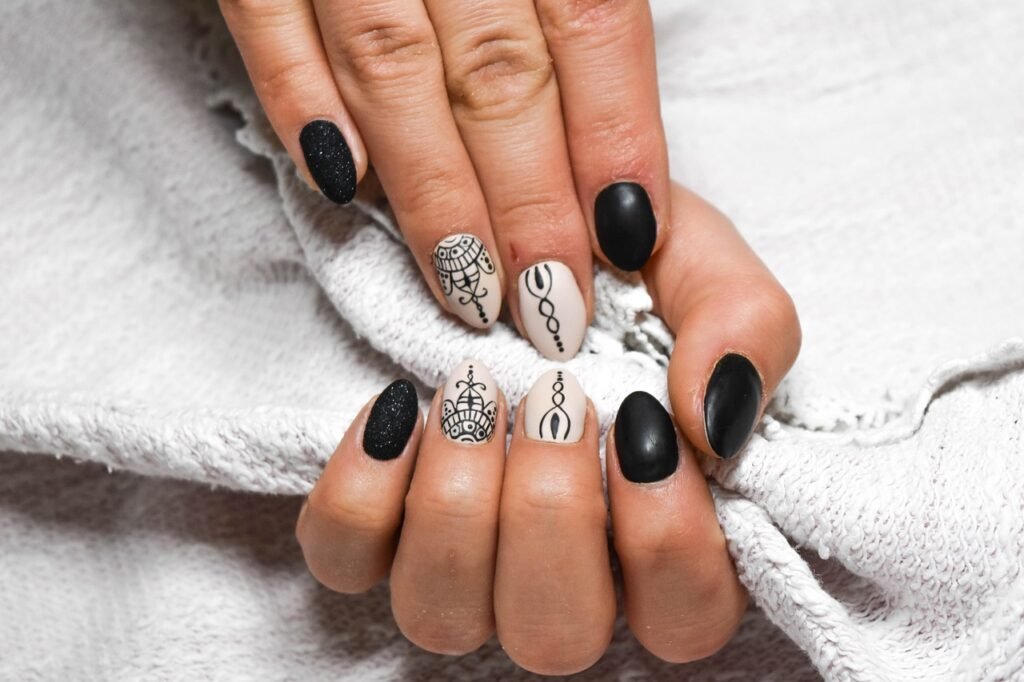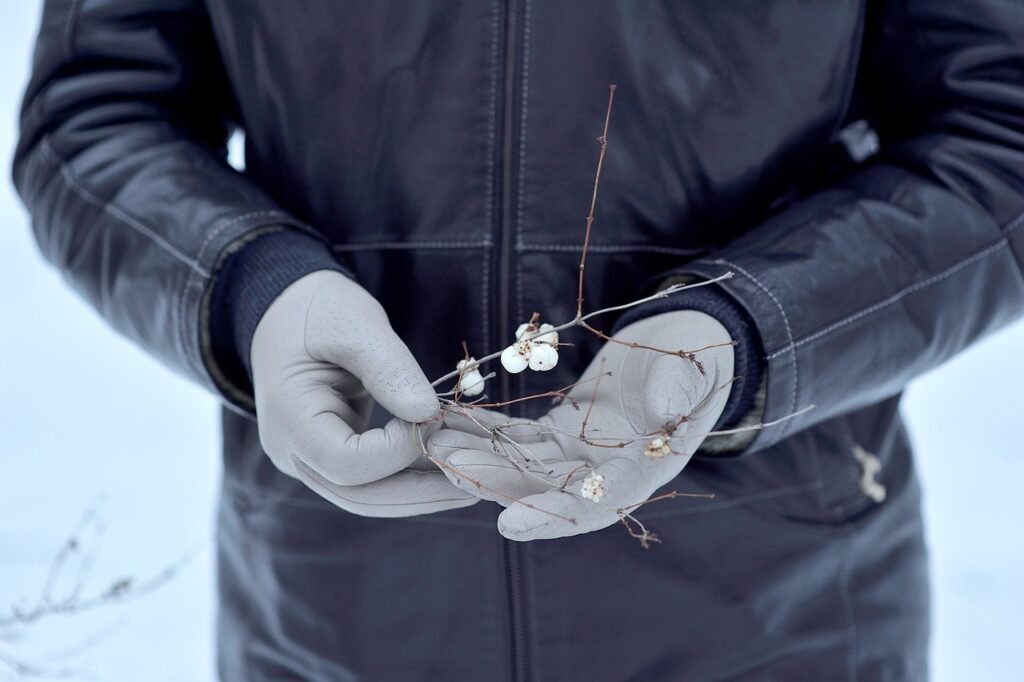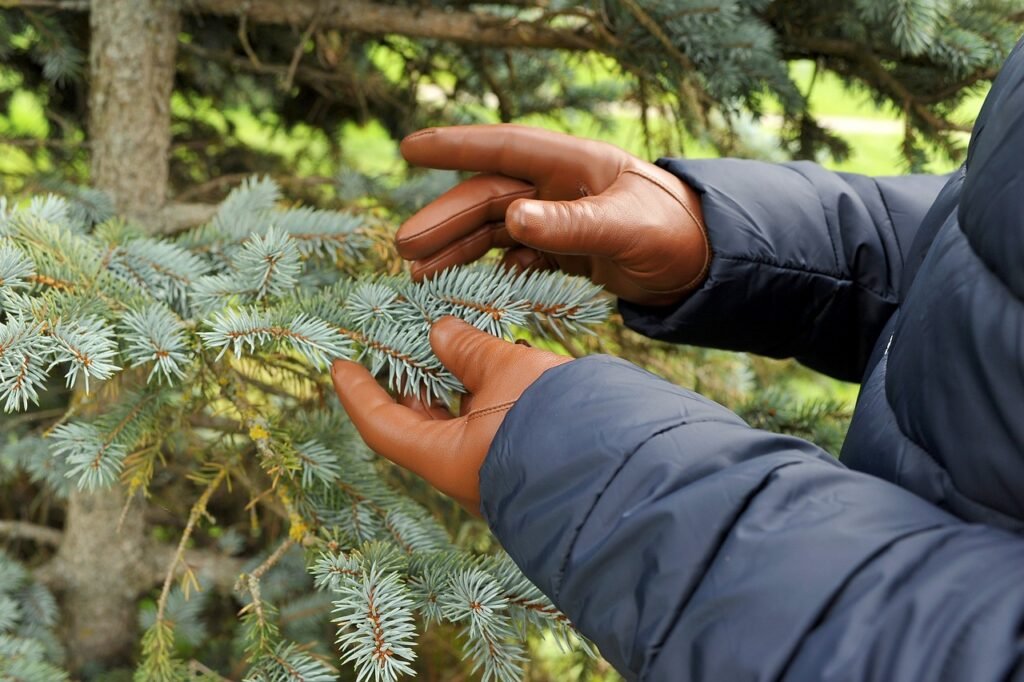Are you a proud owner of a stylish leather wallet? If so, you’ll agree that leather wallets are not just a practical accessory, but also a fashion statement. However, over time, the quality and appearance of leather can deteriorate if not properly taken care of. That’s why it’s essential to know effective methods for preserving your leather wallets. By following a few simple steps, you can ensure that your wallet remains in top-notch condition for years to come. From cleaning and conditioning to storing and protecting, this article will guide you through the best practices for preserving the quality of your beloved leather wallet.

This image is property of pixabay.com.
Cleaning Leather Wallets
Keeping your leather wallet clean is essential for preserving its quality and longevity. By regularly cleaning your wallet, you can remove dirt, dust, oils, and other impurities that can accumulate over time. One effective method for cleaning leather wallets is by using a leather cleaner specifically designed for this purpose.
To clean your leather wallet, start by applying a small amount of leather cleaner onto a soft, lint-free cloth. Gently rub the cloth onto the surface of the wallet, using circular motions to lift any dirt or stains. Be sure to cover the entire surface, including the edges and corners.
For more stubborn stains, you may need to apply slightly more pressure while cleaning. However, it’s important to avoid excessive force, as it can damage the leather. Once you have finished cleaning, use a clean damp cloth to wipe away any leftover residue from the cleaner.
Removing Stains
Stains are a common occurrence on leather wallets, but they don’t have to be permanent. It’s crucial to address stains promptly to prevent them from setting deeper into the leather. Different types of stains may require different treatments, so it’s essential to identify the specific stain and choose an appropriate method accordingly.
For water-based stains, such as coffee or juice, start by blotting the stain gently with a clean, absorbent cloth to absorb as much liquid as possible. Avoid rubbing the stain, as it can spread and deepen the mark. Once you have removed most of the moisture, use a leather cleaner to gently clean the affected area.
Oil-based stains, like grease or ink, can be more challenging to remove. In such cases, try using a specialized leather stain remover. Apply a small amount of the stain remover to a cloth and gently dab the stained area. This should help lift the stain. Be cautious and test the stain remover on a small, inconspicuous area of your wallet first to ensure it doesn’t cause any discoloration or damage.

This image is property of pixabay.com.
Conditioning the Leather
After cleaning and removing any stains, it’s crucial to condition your leather wallet to restore its natural oils and prevent it from becoming dry and brittle. Leather conditioner helps keep the material supple, soft, and well-nourished over time.
To condition your leather wallet, start by applying a small amount of leather conditioner onto a clean, soft cloth. Gently rub the conditioner into the leather, covering the entire surface evenly. Allow the conditioner to penetrate the leather for a few minutes, and then use a dry cloth to remove any excess conditioner.
Regular conditioning is essential to maintaining the quality of your leather wallet. Aim to condition it at least once a month, or more frequently if you live in a particularly dry climate. Remember, proper conditioning not only enhances the appearance of your wallet but also helps extend its lifespan.
Protecting Leather Wallets
Protecting your leather wallet from potential damage helps ensure that it remains in good condition for years to come. There are a few methods you can adopt to shield your wallet from everyday wear and tear.
Using a leather wax or cream is an effective way to create a protective barrier on your wallet’s surface. These products not only add shine but also provide a layer of defense against scratches, spills, and other potential damage. Apply a small amount of wax or cream to a cloth and rub it onto the wallet using gentle circular motions.
Additionally, applying a leather protectant spray can offer an extra layer of protection. Choose a spray that is specifically formulated for leather and follow the manufacturer’s instructions for application. These protectant sprays create a barrier against moisture, UV rays, and other environmental factors that can affect the leather’s quality.
Lastly, it’s crucial to avoid exposing your leather wallet to direct sunlight for extended periods. Overexposure to sunlight can cause the leather to fade, dry out, or even crack. Whenever possible, keep your wallet away from windows or other areas with direct sunlight.

This image is property of pixabay.com.
Storing Leather Wallets
Properly storing your leather wallet when it’s not in use is vital for maintaining its quality and preventing damage. Follow these guidelines to ensure your wallet stays in pristine condition for years to come.
Using a dust bag is an excellent way to protect your wallet from dust, dirt, and other particles that can accumulate over time. When storing your wallet, place it inside a dust bag made of breathable fabric, such as cotton or linen, to allow air circulation and prevent moisture build-up.
Moisture is the enemy of leather, so it’s crucial to keep your wallet away from damp or humid environments. High humidity levels can cause the leather to become moldy or discolored. Store your wallet in a cool, dry place to maintain its integrity and prevent any potential damage.
Avoid storing your leather wallet in plastic bags or airtight containers, as this can trap moisture and lead to the growth of mold and mildew. Opt for breathable storage options instead.
Avoiding Harsh Chemicals
When it comes to cleaning and maintaining your leather wallet, it’s essential to steer clear of harsh chemicals that can cause irreversible damage. Certain chemicals, such as alcohol-based cleaners, bleach, or ammonia, can strip away the natural oils, discolor the leather, or weaken its structure.
Alcohol-based cleaners can be particularly harsh on leather and should be avoided. Instead, opt for mild, leather-specific cleaners that are specifically formulated for this purpose. These cleaners are designed to clean without causing any harm to the leather.
Bleach and ammonia are also extremely damaging to leather and should never be used. These harsh chemicals can cause discoloration, structural breakdown, and even weaken the leather fibers. Stick to natural cleaning solutions or products specifically made for cleaning leather items.
Choosing natural cleaning solutions is an excellent way to ensure the longevity of your leather wallet. Many household items, such as mild dish soap diluted in water, can act as gentle cleansers for leather. It’s always a good idea to test any cleaning solution on a small, inconspicuous area of your wallet first to ensure it doesn’t cause any unwanted effects.
Preventing Scratches and Creases
Scratches and creases are common occurrences in leather wallets, but there are preventive measures you can take to minimize their appearance and extend the lifespan of your wallet.
Using a leather conditioner or oil regularly is an effective way to keep the leather moisturized and supple, reducing the likelihood of developing creases. Apply a small amount of conditioner or oil onto a clean cloth and gently rub it into the leather in circular motions. This helps to replenish the natural oils and maintain the wallet’s smooth appearance.
Softening the leather regularly is also important in preventing scratches and creases. Gently flex the leather wallet back and forth to keep it pliable and prevent stiffness. This action helps distribute the stress on the leather and reduces the impact of regular use.
It’s crucial to avoid placing sharp objects, such as keys or pens, directly into your wallet. These objects can easily cause scratches or tears in the leather. Instead, consider using a separate pocket or a protective pouch within your wallet to store these items.
Regular Maintenance
Engaging in regular maintenance procedures is essential for keeping your leather wallet in top shape. By adopting a routine cleaning and conditioning schedule, you can prevent the buildup of dirt, maintain the suppleness of the leather, and address any potential issues before they worsen.
Cleaning the wallet on a weekly basis helps remove any dirt or residue that may have accumulated during everyday use. Use a soft cloth or a small brush to gently remove any debris from the surface of the wallet. For more stubborn dirt, consider using a mild leather cleanser or a homemade solution of water and dish soap.
Applying leather conditioner on a monthly basis helps keep the leather moisturized and prevents it from drying out or cracking. Follow the instructions provided with the conditioner and use a soft cloth to apply it evenly to the entire surface of the wallet. This regular conditioning helps maintain the wallet’s natural oils and enhances its overall appearance.
Regularly checking for damages, such as loose threads or worn-out pockets, is crucial to address any issues promptly. Repairing these minor damages early on prevents further deterioration and extends the lifespan of your wallet. If you notice any loose stitching, consider using a small needle and thread to secure it. For damaged pockets, consult a professional leather repair service for reliable and effective solutions.
Repairing Leather Wallets
Over time, even with proper care, your leather wallet may require some repairs to maintain its functionality and appearance. Here are some common problems you may encounter and how to address them.
Fixing small scratches can be done with the help of a leather repair kit. These kits usually contain a variety of tools and products to treat minor scratches and scuffs. Follow the instructions provided with the kit to repair the damage effectively. It’s important to note that deep or extensive scratches may require professional assistance.
Loose stitching is a common issue that can easily be fixed before it becomes more significant. Use a small needle and thread that closely match the color of your wallet to sew any loose stitches back into place. Take your time and sew carefully to ensure a neat and secure repair.
If you find yourself dealing with damaged pockets, it’s advisable to seek professional assistance. A skilled leather repair service will be able to assess the damage and provide a suitable solution to restore the functionality and appearance of your wallet. Trying to repair or replace pockets yourself may result in further damage.
Avoiding Excessive Moisture
Moisture is one of the biggest enemies of leather, as it can cause the material to warp, develop mold, or lose its original shape. It’s crucial to take precautions to avoid excessive moisture and keep your leather wallet in excellent condition.
Keep your wallet away from water as much as possible. Though leather may have some water resistance, prolonged exposure can lead to irreversible damage. If your wallet gets wet, gently pat it dry with a soft cloth and allow it to air dry naturally. Avoid using direct heat sources, such as hairdryers, as they can cause the leather to crack or shrink.
When drying a wet wallet, ensure that it is done properly. Never expose damp leather to direct sunlight or heat sources, as this can cause the moisture to be trapped within the material. Instead, find a well-ventilated area and let the wallet dry naturally at room temperature.
Avoid storing your leather wallet in humid environments. High humidity levels can lead to the growth of mold and mildew, causing irreversible damage to the leather. Opt for a cool, dry place to store your wallet and make sure it is properly dried before keeping it away.
Dealing with Mold or Mildew
Discovering mold or mildew on your leather wallet can be disheartening, but rest assured, there are ways to address this issue. Mold and mildew thrive in moist environments, so it’s crucial to take immediate action to prevent further damage.
Treating the affected area with a vinegar solution can help eliminate mold and mildew. Create a mixture of equal parts distilled white vinegar and water in a spray bottle. Lightly spray the solution onto the affected area, ensuring it is evenly coated. Allow the solution to sit for a few minutes before wiping it away with a clean, damp cloth. Vinegar helps kill the mold and neutralize any odors.
For more severe mold or mildew infestations, it’s advisable to use a leather mold remover. These products are specifically designed to tackle mold and mildew issues on leather. Follow the instructions provided with the mold remover and use it as directed. If the problem persists or if you are unsure about handling the situation yourself, it’s best to seek professional assistance.
Preserving the Leather Finish
To maintain the original appearance and finish of your leather wallet, it’s essential to adopt certain practices and strategies. By avoiding harsh cleaning techniques, regularly polishing the leather, and using a leather protectant, you can preserve the integrity of the leather for years to come.
Avoid using rough or abrasive cleaning tools or techniques on your leather wallet. Scrubbing aggressively or using harsh chemicals can cause the leather to lose its natural luster and finish. Stick to gentle cleaning methods and mild solutions to maintain the appearance of your wallet.
Regularly polishing the leather can help restore and maintain its shine. Use a soft cloth and a small amount of leather polish specifically made for your wallet’s type of leather. Apply the polish in gentle circular motions, allowing it to penetrate the leather. Wipe away any excess polish to reveal a renewed shine.
Using a leather protectant is an additional step you can take to preserve the quality of your wallet. Leather protectant products create a protective barrier against moisture, stains, and UV rays. Apply the protectant following the manufacturer’s instructions, usually by spraying it onto the wallet and allowing it to dry. This step adds an additional layer of defense and maintains the integrity of the leather finish.
By following these comprehensive guidelines for cleaning, protecting, storing, and maintaining your leather wallet, you can ensure that it remains in excellent condition for years to come. Remember to adopt a regular maintenance routine, address any issues promptly, and provide the necessary care your wallet deserves. With proper attention and care, your leather wallet will continue to impress and serve you well throughout its lifespan.
